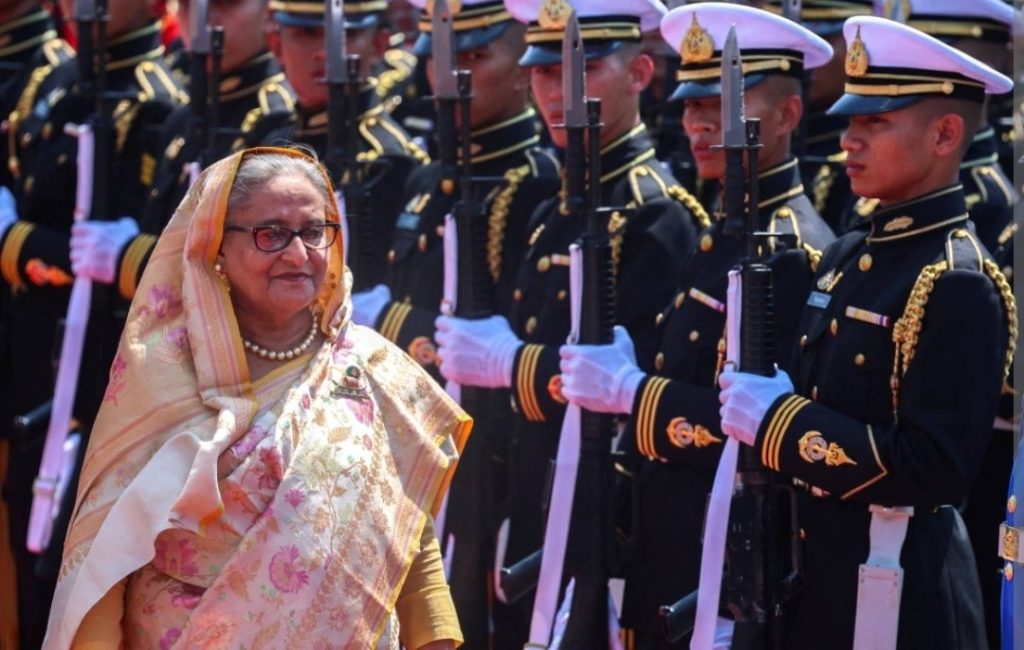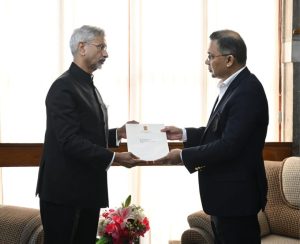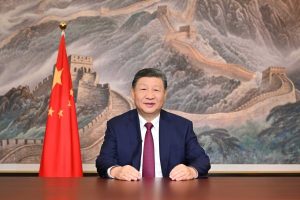Sheikh Hasina falls for passively watching economic firestorm

Image credit X.com
South Asia with India as exception is in midst of financial meltdown
By Manish Anand
New Delhi, August 5: Before quitting as the prime minister of Bangladesh, Sheikh Hasina had unsuccessfully tried to escape the raging firestorm of an economic meltdown in the Islamic nation. To aggravate her woes, the protestors had given a call to the Bangladeshi expatriates to stop sending remittances. The 15-year-long rule of Hasina ended on Monday after her government failed to stop the ‘Long Dhaka March’ of the protesting students.
Economic experts claim that remittances sent by roughly 10 million strong Bangladeshi diaspora had been the mainstay of the economy. The protestors last week asked the diaspora to stop sending the remittances. The economic meltdown is seen at the root of the woes of Hasina until she ran out of the options.
Also Read: Sheikh Hasina quits Bangladesh after days of violent protests
Hasina had been on a frenetic diplomatic outreach to India and China to find a temporary solutions to the sagging economy. She sought a $30 billion package from China. But the Communist country was apparently short of more cash to burn.
Hasina had turned to India also. She visited India twice in quick succession. Her Beijing tour was abruptly cut short, as she rushed back to Dhaka. The proverbial last straw on the back of the camel proved to be the High Court order for 30 per reservation in government jobs for the descendants of the freedom fighters.
Hasina met the fate of Mahinda Rajapaksa. She boarded a military helicopter to flee Bangladesh. Rajapaksa also had fled Sri Lanka after the rampaging ‘Go, Gotta, Go’ people’s campaign in Sri Lanka.
The economic meltdown in Sri Lanka in 2022 had ended the iron-grip control of Rajapaksa in the Sri Lankan politics. Until the people swept through the streets of Colombo, the Rajapaksa clan ruled Sri Lanka with an iron hand.
Watch: Bangladesh Violence I शेख हसीना की कठिन परीक्षा I भारत के लिए चिंता का विषय I
After Rajapaksa fled Sri Lanka, an Independent MP, Ranil Vickremesinghe, took the reigns of the island nation to bring the normalcy with the help of India. New Delhi extended a credit line of $4 billion to hold the Sri Lankan economy afloat.
But the situations had taken too dramatic turns for Hasina to repair the economy. She had made enemy out of the protestors by calling them ‘Razakars’. The police firing accounted for a heavy toll from among the protestors. Hasina dug her own grave by asking the workers of the Awami League to take to the street. This led to the major Sunday violence, leaving 98 people dead.
The Sri Lankan economy had also collapsed for a number of reasons which were linked with the post-Covid upheavals. Remittances from the Sri Lankan expatriates had dried. The gamble to go for the organic farming boomeranged. The foreign debt forced Sri Lanka to announce a sovereign default.
Under the watch of Hasina, Bangladesh had seen an economic turnaround. The western nations helped the cause by shifting the textile global supply chains to Bangladesh. But Hasina’s spats with the US soured the relations with the western bloc.






